Translate information into knowledge, knowledge into action, and action into results. Our books leverage our expansive knowledge base on what we know works in teaching and leading with trends we see developing in education to help improve and strengthen your practice. Our authors, who are themselves lifelong educators, present practical guidance you can use today – and well into the future – to enhance student achievement. We can also provide guidance and support for educators looking to deepen their knowledge and skills through book study groups, professional development, and consulting services that align practice with the research and strategies we present in our books.
Contact us today at 800.858.6830 or email info@mcrel.org for information about our consulting services and professional development related to our books.

Balanced Leadership for Powerful Learning: Tools for Achieving Success in Your School (2015)
Thousands of school leaders worldwide have improved their leadership skills and their students’ achievement with our research-based Balanced Leadership program. This book shares the lessons we’ve learned, the stories we’ve heard, and the guidance that has made the biggest difference in student achievement and staff success. You’ll learn how a balanced approach enables more effective implementation of the fundamental components of leadership: establishing a clear focus on what matters most for the entire school; managing the challenges associated with change to sustain improvement efforts; and creating a committed, purposeful, and positive community of teachers and staff.
MORE INFO/BUY
CONSULTING/PD
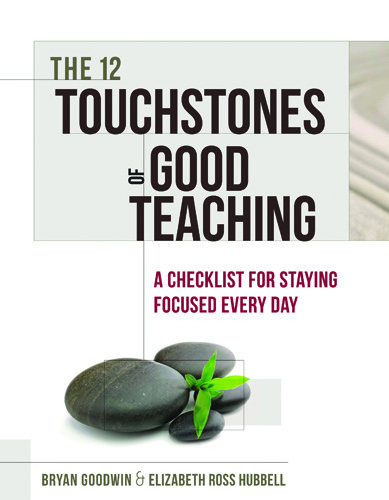
The 12 Touchstones of Good Teaching: A Checklist for Staying Focused Every Day (2013)
Even the most dedicated and experienced teachers can benefit from having a strategic checklist to boost their effectiveness. What are the 12 simple but essential things you can do every day to deliver high-quality instruction and positively impact student outcomes? Bryan Goodwin and Elizabeth Hubbell reviewed thousands of research studies, books, and articles to supply the answer. In addition to identifying the 12 touchstones, the authors also define three key imperatives for quality teaching and learning—be demanding, be supportive, and be intentional—and offer strategies for integrating them into classroom practice.
MORE INFO/BUY
CONSULTING/PD

Classroom Instruction That Works with English Language Learners, 2nd Ed. (2013)
English-language learners (ELLs) have specific needs and challenges that require a different approach. The nine proven Classroom Instruction That Works (CITW) teaching strategies are applied to the stages of language acquisition in this comprehensive instructional guide to make it easier to work with all students, at any stage of language proficiency or grade level. Ensure that your instruction aligns to higher-order thinking skills and apply a template that helps you select academic language that encourages productive discussions among your ELL students. You’ll also get lesson examples aligned to the Common Core State Standards and the Next Generation Science Standards.
MORE INFO/BUY
CONSULTING/PD

Self-Regulated Learning For Academic Success: How Do I Help Students Manage Their Thoughts, Behaviors, And Emotions? (2013)
What can you do for students who struggle to set goals, can’t seem to follow rules, and frequently go off task? This concise publication explains how teachers in every content area and at every grade level can teach students to be self-regulated learners. Discover instructional strategies that help students learn to:
- Approach challenges with confidence.
- Plan their learning tactics and maintain focus.
- Monitor their progress and seek help when they need it.
- Work well with peers and adjust their approach.
Learn how to put all students on the path to positive, empowered learning and greater academic success.
MORE INFO/BUY
CONSULTING/PD
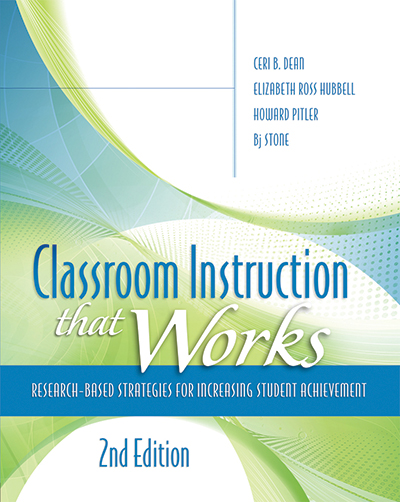
Classroom Instruction That Works: Research-Based Strategies for Increasing Student Achievement, 2nd Ed. (2012)
What teaching techniques work best in your classroom—to heighten engagement and deepen understanding with YOUR students? This book is one of the most widely used tools for increasing student achievement for good reason: it provides evidence-based insights from the most recent, most rigorous research to strengthen instructional planning. You’ll understand why and how the nine research-based teaching strategies presented in the book work best for specific situations and see how these methods connect directly to students gaining key 21st-century skills. Our companion 11″ x 17″ wall chart underscores the nine teaching strategies that foster student achievement.
MORE INFO/BUY
GET THE POSTER
CONSULTING/PD
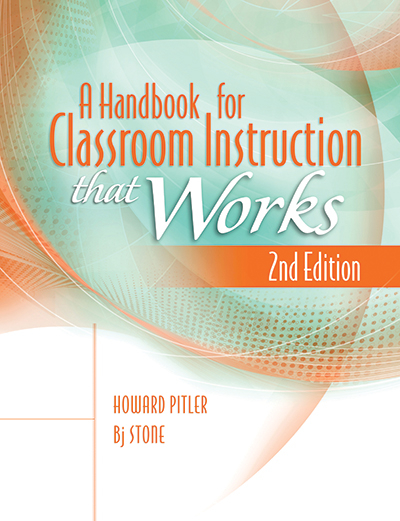
A Handbook for Classroom Instruction That Works, 2nd Ed. (2012)
Use this handbook to learn how to easily apply the various teaching practices described in our best-selling book, Classroom Instruction That Works (CITW), in your classroom, school, or district. Get expert tips for implementation and save time by using the included samples, worksheets, and other tools for planning classroom activities. Check your understanding of the nine teaching strategies with straightforward exercises and use the supplied rubrics to assess effectiveness and improve your methods. Make your classroom environment the paradigm for CITW!
MORE INFO/BUY
CONSULTING/PD
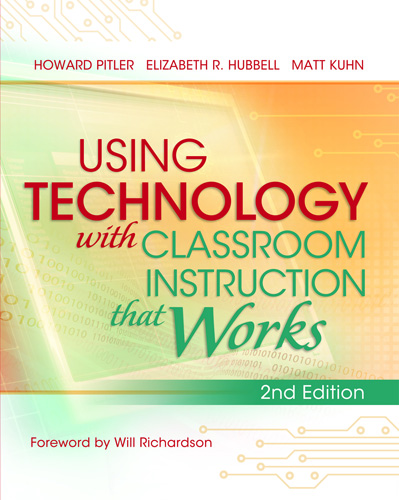
Using Technology with Classroom Instruction That Works, 2nd Ed. (2012)
Technology plays an essential part in today’s classrooms. Make technology work for you and your students with this companion guide to Classroom Instruction That Works (CITW). It demonstrates how to choose the right instructional strategies and select the technological tools that best support your classroom learning objectives and teaching strategies. You’ll learn how effective use of technology can enrich students’ learning, encourage project-based instruction, and give your learners a critical advantage for their future success.
MORE INFO/BUY
CONSULTING/PD
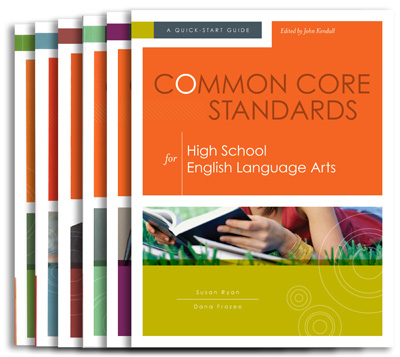
Book Series: Common Core State Standards Quick-Start Guides (2012)
Our Common Core State Standards Quick-Start Guides streamline the often time-consuming process of adapting existing lessons and activities to incorporate the CCSS or developing new lessons to teach concepts not addressed in previous state standards. There are separate guides for grades K‒2 ELA and math, grades 3‒5 ELA and math, middle school ELA, middle school math, high school ELA, and high school math. Each guide addresses the wp-content and structure of the standards, provides lesson planning help and sample lessons, and identifies connections within and across strands, domains, and grade levels.
HS ELA
HS MATH
MS MATH
MS ELA
Grades K–2 Math & ELA
Grades 3–5 Math & ELA
CONSULTING/PD

Book Series: Teaching Reading in the Content Areas: If Not Me, Then Who?, 3rd Ed. (2012)
Today’s content-area teachers need to do more than teach to the curriculum: They must also be effective literacy advocates. This book series explains effective strategies for each content area you can apply to help your students improve their reading and self-regulation skills. Each books deciphers the research findings on the interactive elements of reading—the reader, the climate, and text features—and translates the information into practical techniques you can use immediately. You’ll also learn how to make reading and writing a habit, and what teaching techniques are proven to work best in specific content areas.
Reading in the Content Areas, 3rd Ed.
Reading in Mathematics, 2nd Ed.
Reading in Science
Reading in Social Studies
CONSULTING/PD

Simply Better: Doing What Matters Most to Change the Odds for Student Success (2011)
We all want—and strive for—student success. But increasing student success isn’t about doing more or working harder as much as it is doing the right things—especially when resources available are limited. Bryan Goodwin presents research findings and real-life examples to show how “less is more” in education reform. Understand why the following five principles—instruction, curriculum, student support, high-performance school cultures, and data-driven districts—are the keys to helping all students succeed. Learn how strategic “touchstones” can challenge and nurture students, standardize yet personalize curriculum, counteract negative out-of-school factors, and educe variance in teacher quality.
MORE INFO/BUY
CONSULTING/PD
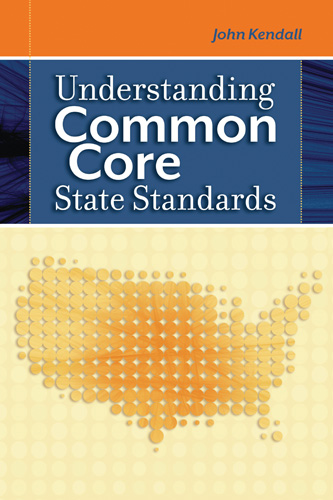
Understanding Common Core State Standards (2011)
The Common Core State Standards (CCSS) were developed to establish a set of shared standards that hold U.S. students to a standard minimum level of expectations and prepare students to compete in the 21st century. This guide explains everything you need to know about creating crosswalks and transition plans from other standards to CCSS, gaining a deeper understanding of CCSS English language arts/literacy and mathematics content, and making the most of this teaching and learning opportunity in your school or system.
MORE INFO/BUY
CONSULTING/PD
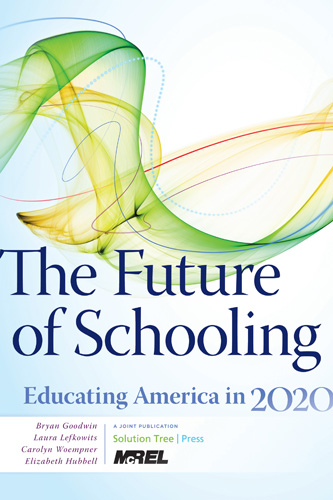
The Future of Schooling: Educating America in 2020 (2010)
How are you preparing for your school or district’s future? The actions you take today will set the course for success for years to come. By examining past and emerging trends in education and the political environment, the economy, security issues, technology, and social values, the authors present four detailed and plausible scenarios of what the world of education could be like in 2020. This book is ideal for administrators and policymakers who seek to identify concrete, practical steps you can take today to maximize your chance of success tomorrow.
MORE INFO/BUY
CONSULTING/PD
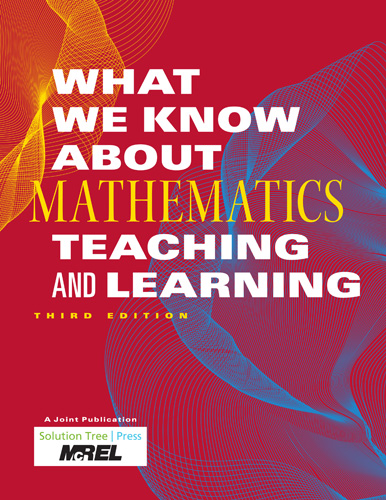
What We Know About Mathematics Teaching and Learning, 3rd Ed. (2010)
Most teachers are too busy to be able to review all the research literature on improving classroom instruction. This concise book is an accessible summary of education methodology research that offers practical ways to improve teaching and learning in mathematics. You’ll learn about topics ranging from vocabulary instruction in the math classroom to the effective use of technology to boost comprehension. Each chapter addresses important questions about teaching math by providing background information from a research perspective, identifying best classroom practices, and listing resources for further reading.
MORE INFO/BUY
CONSULTING/PD
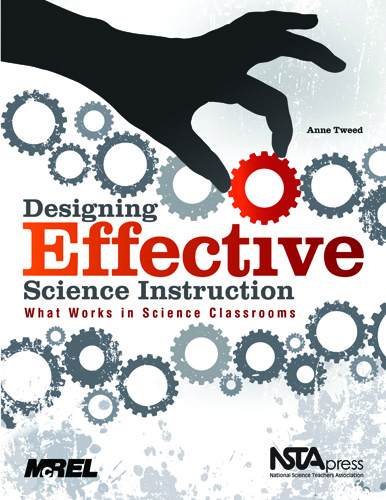
Designing Effective Science Instruction: What Works in Science Classrooms (2009)
Providing key information for teachers and administrators, this accessible research-based book explains how to support content, foster conceptual understanding, and develop a collaborative learning environment for science. The book not only recommends ways to improve existing science lessons and to create new ones that are effective and high-quality, but it also challenges readers to align their actions with the notion that “all students can learn”—and to relish the challenge of providing the support and scaffolding needed to achieve this.
MORE INFO/BUY
CONSULTING/PD
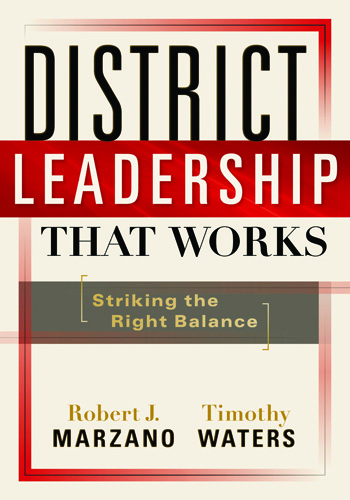
District Leadership That Works: Striking the Right Balance (2009)
Bridge the great divide between distanced administrative duties and daily classroom impact. This book introduces the top-down power mechanism of defined autonomy that focuses on setting district-defined, nonnegotiable, common goals and establishing a system of accountability. This concept enables an effective balance of centralized direction and individualized empowerment that allows building-level staff with “boots on the ground” the stylistic freedom to respond quickly to issues and ensure student achievement. Readers will also learn how to collaborate successfully with stakeholders, use formative assessment tools to monitor progress, and counteract negative resistance to second-order change.
MORE INFO/BUY
CONSULTING/PD
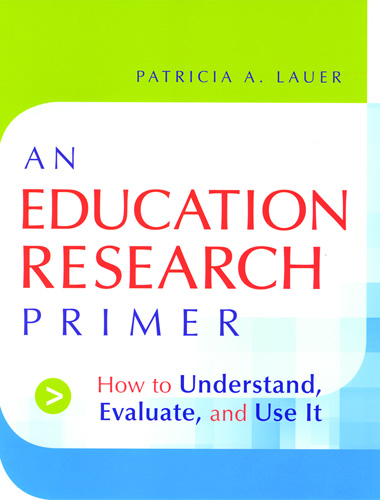
An Education Research Primer: How to Understand, Evaluate, and Use It (2006)
In a single concise volume, this primer sets forth all of the information and explanation you need to easily understand and interpret educational research. You’ll gain an understanding of the basics of educational research, its guiding criteria, and its relevance to school-based decision-making. Ideally suited to policymakers and administrators, this primer clearly summarizes the various types of educational research, describes how to set up a comparison control group and underscores the importance of having such a control for comparison purposes, and explains how various data collection methods can affect findings.
MORE INFO/BUY
CONSULTING/PD

School Leadership That Works: From Research to Results (2005)
What can school leaders really do to increase student achievement, and which leadership practices have the biggest impact on school effectiveness and student achievement? This unprecedented book answers these tough questions definitively and identifies practical leadership competencies. Drawing from 35 years of studies, the authors explain critical research-based leadership principles that every administrator needs to know, such as the pros and cons of comprehensive school reform models, the 21 leadership responsibilities that actually affect student learning and have a meaningful correlation to academic achievement gains, and the elements of a five-step plan for effective school leadership.
MORE INFO/BUY
CONSULTING/PD
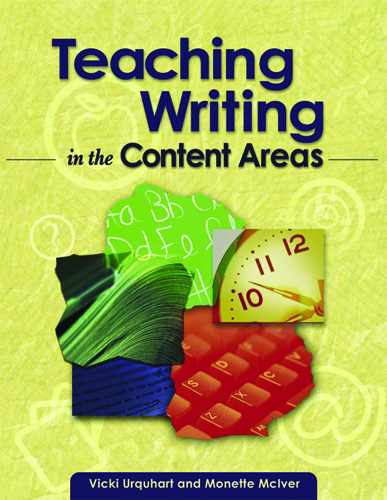
Teaching Writing in the Content Areas (2005)
Ironically, as technology has enabled exponentially more communication, the quality of written communication has declined, especially among youth. This guidebook provides proven ways to engage students in writing—teaching methods that also encourage students to express themselves clearly, explore new ideas, and become critical thinkers. It explains how to create a positive environment for providing constructive feedback, assess your students’ learning through writing, choose tech platforms that best enhance the writing process, and build content knowledge and writing skills simultaneously—all strategies that dovetail with the recommendations of the National Commission on Writing.
